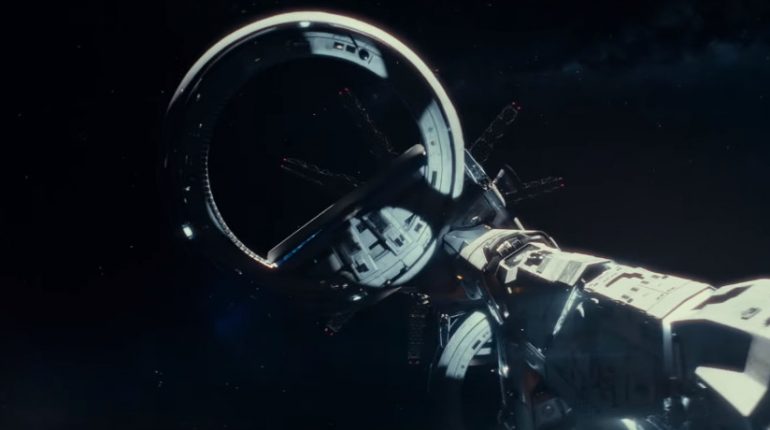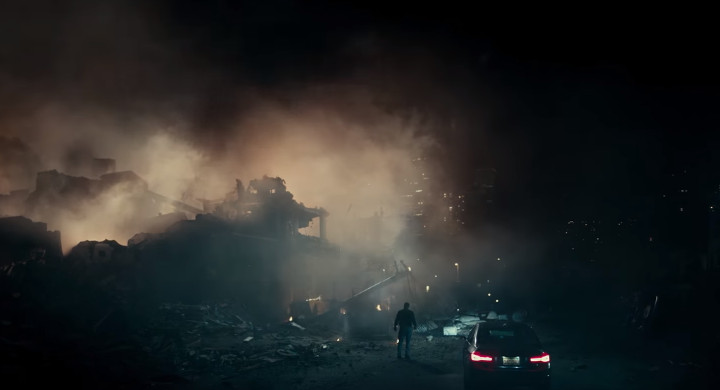
After the success of House of Cards, Netflix announced it was going to focus on more original content. I have to admit I was a little skeptical. Way back then, it felt like the non-original content that they had been offering was beginning to grow stale, and the few originals they did have back then were hit or mostly miss.
Of course, these days you’d be hard pressed to find Netflix content that isn’t original — or at least it feels that way. Their library has ballooned to the point that it now includes original movies starring Hollywood big shots like Brad Pitt and Adam Sandler. Although this content can still be hit or miss, it’s more watchable than I would have thought back when I first heard Netflix’s “more original content” pledge.
So when I had heard about the imminent release of The Cloverfield Paradox while travelling home from the discount theater where I saw Thor: Ragnarok, I was actually looking forward to checking it out.

And let me tell you, I supremely enjoyed 99.9% of The Cloverfield Paradox. But it’s the other 0.1% that spoiled everything that came before it.
To be honest, I thought the original Cloverfield was a letdown. This is partially because I think the found footage genre — even back when it was still fresh — is mostly just a cheap excuse to get around limited production values and excuse away the need to craft intelligent and intriguing camera shots. It’s also a cheap way to avoid writing a strong script with coherent dialogue (Bushwick, I’m looking at you).
Moreover, these found footage projects usually just look and sound ugly.
Now, some films can work this in their own favor, but I always end up distracted by why the person holding the camera would still be filming. I get that the cameraman character feels the need to document these events, but when you’re running for your life, survival typically outweighs the benefit of documenting whatever it is that’s chasing you. After all, it’s always just some random person stuck on camera duty, not some Pulitzer prize-winning wartime photojournalist.
That’s why, with the release of 10 Cloverfield Lane, I was relieved that they did away with the found footage angle and just shot the film traditionally. And, although there are many excellent parts that make up an enjoyable whole, I don’t think you can discount the impact this more traditional approach had on the movie’s success.
Plus, the late-inning, gear-shift twist was expertly executed; it didn’t feel like a cheap footnote to tie the two Cloverfield films together. It felt organic and surprising and, most importantly, earned.
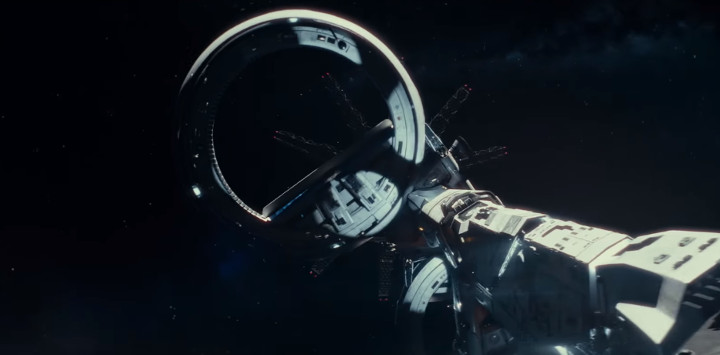
So with The Cloverfield Paradox, I wasn’t sure what to expect going in. I didn’t watch any trailers or read any reviews or impressions. I didn’t even know the plot.
Now, this is where the spoilers begin, my fellow traveller.
So I guess I was surprised by The Cloverfield Paradox. It’s a really well-paced space thriller with enough weird shit to satiate my Fringe fix. It is, for the most part, well-written and interesting to look at, with plenty of details to reward mindful viewers. Bear McCreary‘s score, alongside the sound FX work, is well done.
The cast is also a high point, full of familiar faces of all races. It contains Gugu Mbatha-Raw, David Oyelowo, Daniel Brühl, Chris O’Dowd, Ziyi Zhang, Aksel Hennie and the icy, incredibly bizarre Elizabeth Debicki to name a few.
It’s the type of cast that makes it hard to tell who will live and who will die. When someone is in peril, you never know if it’s their time or if they will be spared until death by some other macabre means comes sauntering around. There aren’t any major scares, but there is a constant aura of dread at every turn.
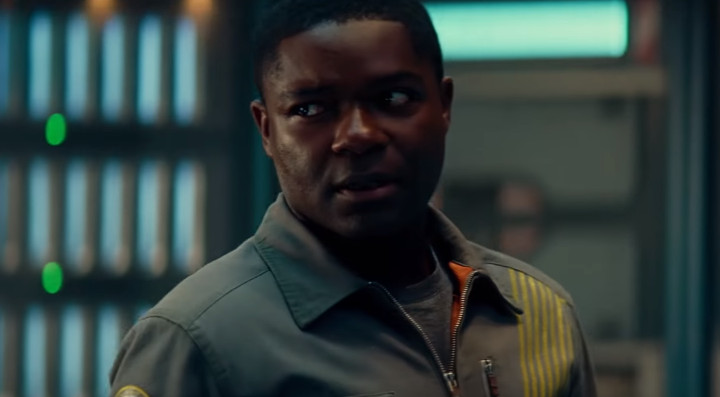
But really, the pacing is the star of the show. Everything seems to take the right amount of time, and the viewer is rewarded for paying attention to the details.
The basic premise is that Earth is running out of resources, and an international team of scientists are sent into space aboard the Cloverfield in hopes of creating some form of sustainable energy. Then shit goes wonky, and when the dust settles they can’t find Earth — which had been impressively omnipresent outside of their windows before this.
It is at this point that shit starts to pop off as the weirdness settles in. And, for the most part, it’s a genuinely creepy weirdness. Chris Dowd’s character’s predicament is especially unsettling (the screeches from within the wall are blood-curdling).
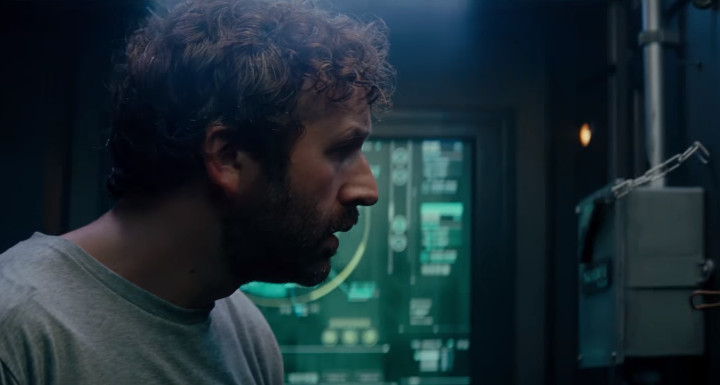
Minute by minute, The Cloverfield Paradox sustains its enjoyment level — right up until literally the last shot, which just feels cheap. But by and large, this movie is definitely a fun romp that should not be missed simply because of eleven letters in its title that might induce eye-rolling.
But that isn’t to say this movie is perfect. It’s not. I’ve already griped about the ending, which I will explain further in a minute here. But first let’s discuss Roger Davies‘ story arc.
His character, Michael, is married to Ava Hamilton, the hero of the film portrayed by Mbatha-Raw. While she is tooling around in the cosmos, Michael is stuck on Earth. Initially, I thought it would be cool to see what is happening on Earth once the Cloverfield station vanishes. But once the film actually starts to delve a little into Michael’s side quest, I realized how cool it actually wasn’t.
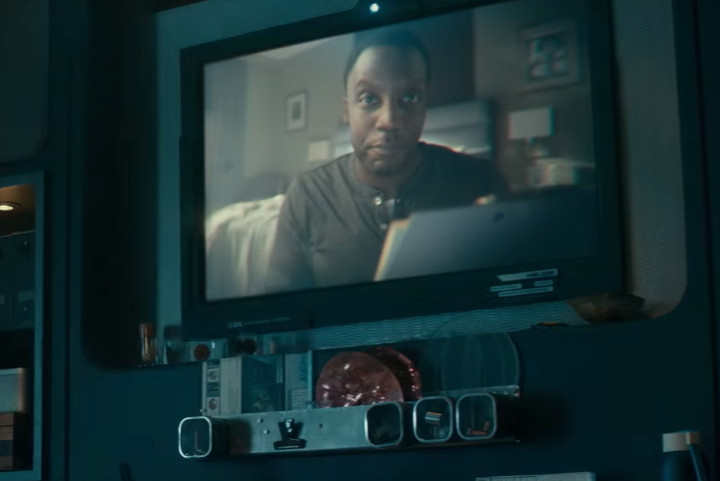
I wish they would have stuck with the isolation of the Cloverfield station until the very end. It would have made the shoehorned twist a bit more plausible — or, better yet, unnecessary.
I actually thought I had figured the twist out about two thirds of the way in. You see, Michael’s receives a call explaining where his wife’s re-entry pod was scheduled to land. I thought, “Oh snap! He’s going to be speeding along, and he’ll inadvertently side-swipe the car being driven by Mary Elizabeth Winstead‘s character’s from 10 Cloverfield Lane, thus setting into that movie into motion.” This did not happen.
Instead, Michael just screams into his phone not to let her land because of the monsters, even though he had only seen a shadowing glimpse of one in a plume of smoke in the middle of the night. I do not recall him having intimate knowledge that there would have been more than one, unless I somehow missed that part.
In any event, every time the movie cut away to show us his journey back on Earth, the tension fizzled. Plus, this whole arc only leads to unanswered questions, like, who’s fucking bunker is that?
Which brings us to the worst decision implemented in this otherwise-excellent sci-fi romp.
Ava and Schmidt (Brühl’s character), the sole survivors, jettison their escape pod toward the Earth. We see the pod descending from the heavens as it softly penetrates the sea of fluffy clouds that the camera is positioned above. No more than two seconds transpire before a giant, stupid-looking monster emerges from below the cloud field and roars like a fucking idiot — immediate cut to credits.
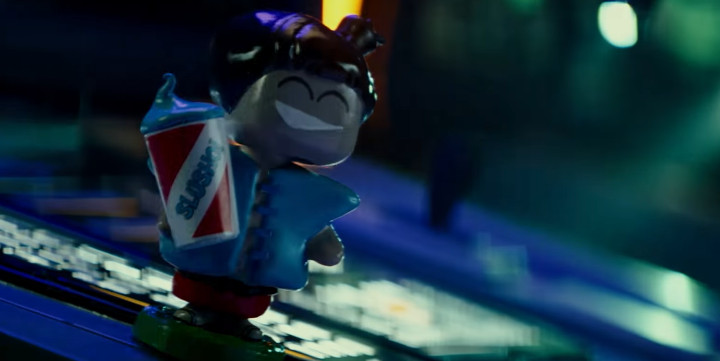
What?
First, how fucking big is this monster to be able to stand above the clouds like that? Second, it doesn’t at all resemble the dumb-looking creature from the original Cloverfield or the aliens from 10 Cloverfield Lane. Third, does this set up Cloverfield and 10 Cloverfield Lane? Because this movie seems like it belongs in a rather distant future compared to either of those, judging by the massive spaceship and sci-fi laser thing.
Don’t get me wrong, I really like the idea of loosely serializing the concept at the heart of Cloverfield and making seemingly unrelated movies. But if they are related, the threads are fucking thin between them. And if there are more movies to follow (a direct sequel to 10 Cloverfield Lane?) this is something they need to put more thought into.
